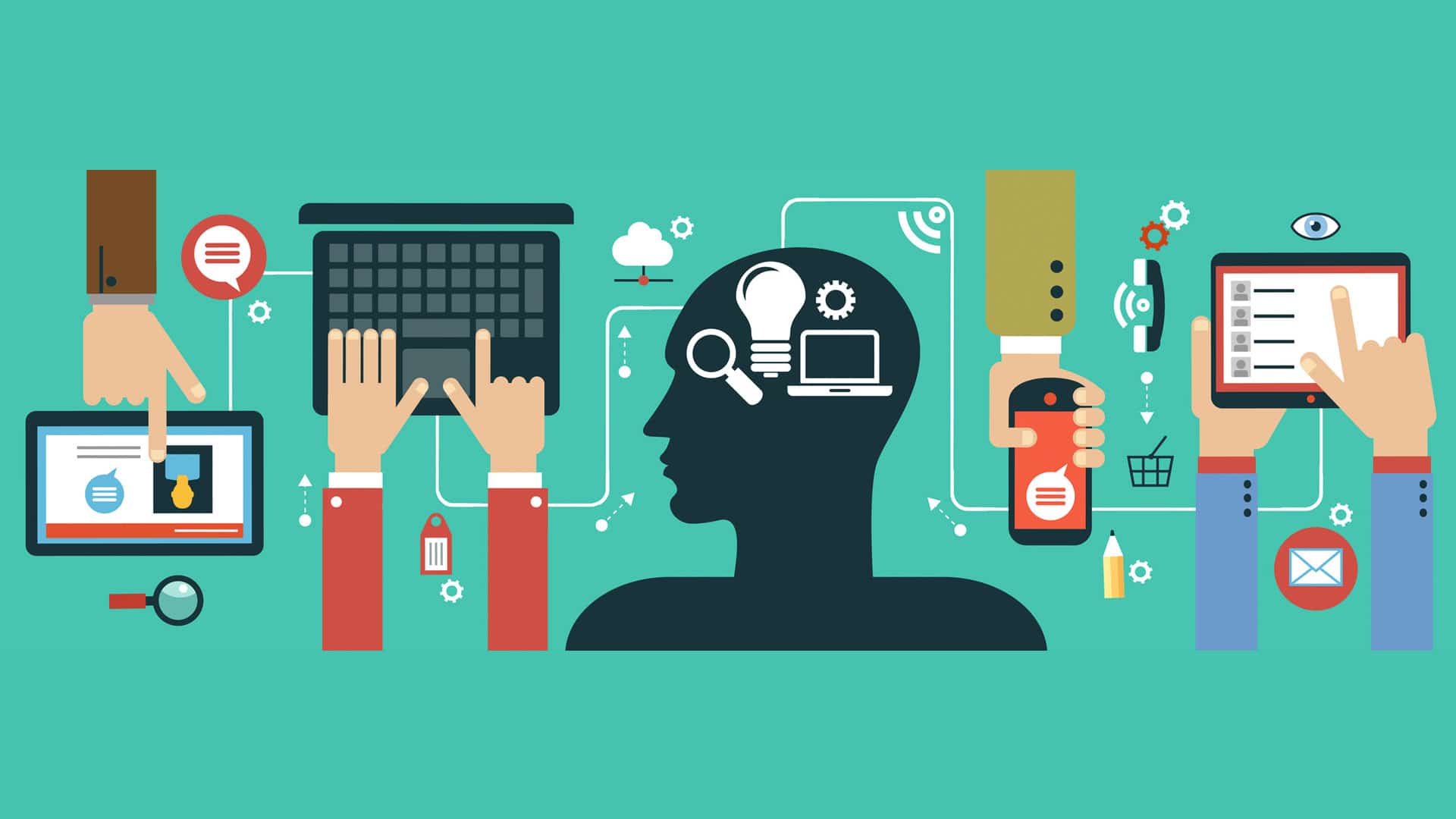
Digital literacy has transformed the traditional ways of imparting education in India and around the world. In addition to how digital literacy has impacted other areas of education sector observes Gaurav Gupta, Founder and Director, SquareBoat-Solutions Private Limited, for Elets News Network (ENN).

Be it in India or abroad, the first thing that digital literacy or the internet brings on the table is the ease of gathering information. Students in the western countries have been primarily relying on google searches for their school assignments, in contrast to turning the pages of outdated books that students in India do. Needless to say, gathering more information makes the work in western countries exponentially better than in India. What has lacked in India though, is not the intent to use technology but the capability to use it. Not long before, not much of India had access to high speed internet, which was overly reflected in the education system as well. Forget about learning how to ‘google’, the course books had instructions on how to turn a computer on. But gradually, internet is getting more accessible, not only at schools but also at people’s houses, as it gets cheaper. Combined with government support, cellular companies are also making internet cheaper, resulting in a positive impact in India in terms of digital-literacy. Below are some of the ways in which education in India, and in general, has been impacted the most.
Communication: Students are now capable of communicating with each other and their teachers in real time. Earlier, it was a hassle for students to collaborate on a project. Especially during vacations, it was impossible for them to check what the other guy is doing or to get feedback from teachers. Now students have a number of ways to communicate, like phone calls, internet messengers, skype etc. They can even manage work better as teachers encourage them to use work management software like Trello and Asana.
Information gathering: Not only is the world changing, but it is changing at a faster pace every day. Therefore, it is impossible to print the most updated information in school books every year, and update them frequently. What can be changed frequently though, is a web page. Internet has seen an increasing number of students from India, looking up information related to their school assignments. Just last year, the year-on-year growth of internet users in India was 23%, a huge number, compared to the world average of 10%.
Online learning: With the world moving towards skill based job opportunities, people are realising that having in-demand skills is more important today than having a degree. Therefore, they turn to internet for micro-courses like ‘Digital Marketing’, ‘Web Development’, etc. The number of people paying to learn online, in India, rose from fairly none at the start of this decade to 1.6 million in 2016, resulting from two years of 100% growth, as per a research conducted by KPMG. Additionally, there are plenty of other websites which provide free online courses and tutorials. An example of this can be seen on Hackr.io which hosts links of several hundreds of websites, which offer web development tutorials available on the internet, most of which are free.
Career planning: With technology and automation in picture, a lot of jobs are getting obsolete but many new ones are coming up. The challenge, however, is to make students aware of them. Traditionally, it is parents who decide for their children, but we all know how ineffective that is. These days, internet is enabling students to break through the tradition. Students are now constantly updated about what’s trending in market, through networking sites like Linkedin and Facebook. Moreover, start-ups like iDreamCareer have come up with online tests and counselling services, to further help the students in making their career decisions.
Modernising schools: The most drastic change that digital brought about in education is the technology we use at school. The most revolutionary one has been digital boards in classrooms. This has led to students associating words with graphics from a very early age, and is thereby improving their learning skills. Students develop a skill of learning through videos lessons, a skill which later manifest into them using YouTube and Khan Academy for educational content.
Gamification of education: Not everyone learns alike, some prefer to learn by reading in black and white, while some like to be taught through games. Digitalisation of education brought a huge array of online games which help let children learn easily. This also lets teachers get a thorough understanding of what a student’s learning behaviour is like.
Showcasing talent: With internet and all the platforms it has to offer, it is easier for students to showcase their talent and work. Students often make use of platform like SlideShare and YouTube to publish their school assignments. A lot of design students post their art on Dribbble and Behance, and go head on against the professionals. This opens them up to feedback from billions of people from the internet community and an equal chance to prove their metal.






















